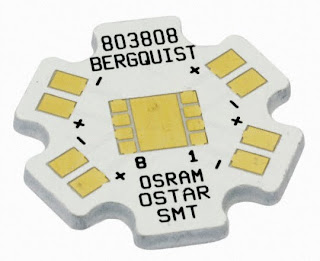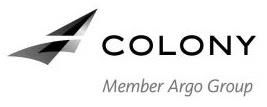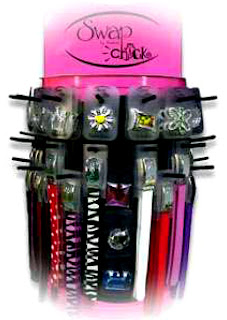TTAB Posts September 2012 Hearing Schedule
The Trademark Trial and Appeal Board has scheduled five (5) oral hearings for the month of September, as listed below. The first four hearings will be held in the East Wing of the Madison Building, in Alexandria, Virginia. [The hearing schedule and other details regarding attendance may be found at the TTAB website (lower right-hand corner)]. The fifth hearing will be held at the University of New Hampshire School of Law in Concord, New Hampshire, as part of a trademark law program co-sponsored by the law school and the Boston Patent Law Association [details here]. Briefs and other papers for these cases may be found at TTABVUE via the links provided.
September 5, 2012 - 11 AM: City National Bank v. OPGI Management GP Inc./Gestion OPGI Inc., Cancellation No. 92050730 [Petition for cancellation of a registration for the mark TREASURYNET (based on Section 44(e)) for "providing information on financial information, namely corporate treasury and loan information and commercial real estate property management information via a global computer network," on the grounds of lack of bona fide intent and abandonment].
September 18, 2012 - 2 PM: Sunbeam Products, Inc. v. OSRAM GmbH, Opposition No. 91171206 [Opposition to OSTAR for "light emitting diodes; light emitting diode displays and display circuit modules; and components of the aforementioned goods" on the grounds of likelihood of confusion with, and dilution of, the registered mark OSTER for a wide variety of goods, including electric hair clippers, toasters, heat massage machines and food mixers].

September 19, 2012, 2012 - 2 PM: Fair Isaac Corporation v. ConsumerInfo.com, Inc., Opposition No. 91178303 [Opposition to registration of KNOW YOUR SCORE for "credit reporting services; credit information provided by electronic means; providing information in the financial and credit fields" on the ground of mere descriptiveness and lack of secondary meaning].

September 20, 2012 - 2 PM: In re Primerica, Inc., Serial No. 77931208 [Section 2(d) refusal to register PRIMERICA DEBTWATCHERS for "providing temporary use of a Web-based software application, marketed exclusively through the proprietary's sales force of independent contractor sales representatives and accessible only through proprietary's company-branded website, for assimilating financial information, namely, financial data provided directly by the customer and financial data obtained directly from the customer's consumer credit report, to permit the customer to formulate and calculate debt payoff plans" in view of the registered mark DEBTWATCHERS & Design for advice and counseling services for eliminating and reducing personal debt].

September 20, 2012 - 3:15 PM: Sheetz of Delaware, Inc. v. Doctor's Associates, Inc., Opposition No. 91192657 [Opposition to registration of FOOTLONG for "sandwiches" on the grounds of genericness or, alternatively, mere descriptiveness and lack of secondary meaning].

Text Copyright John L. Welch 2012.



































